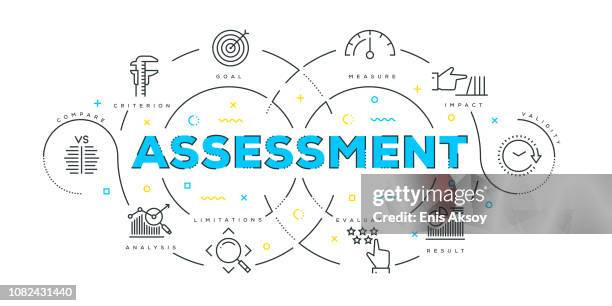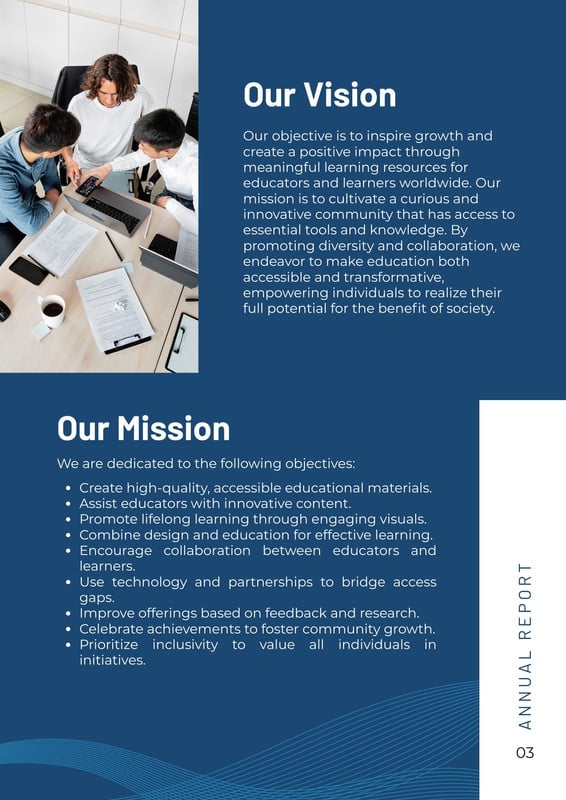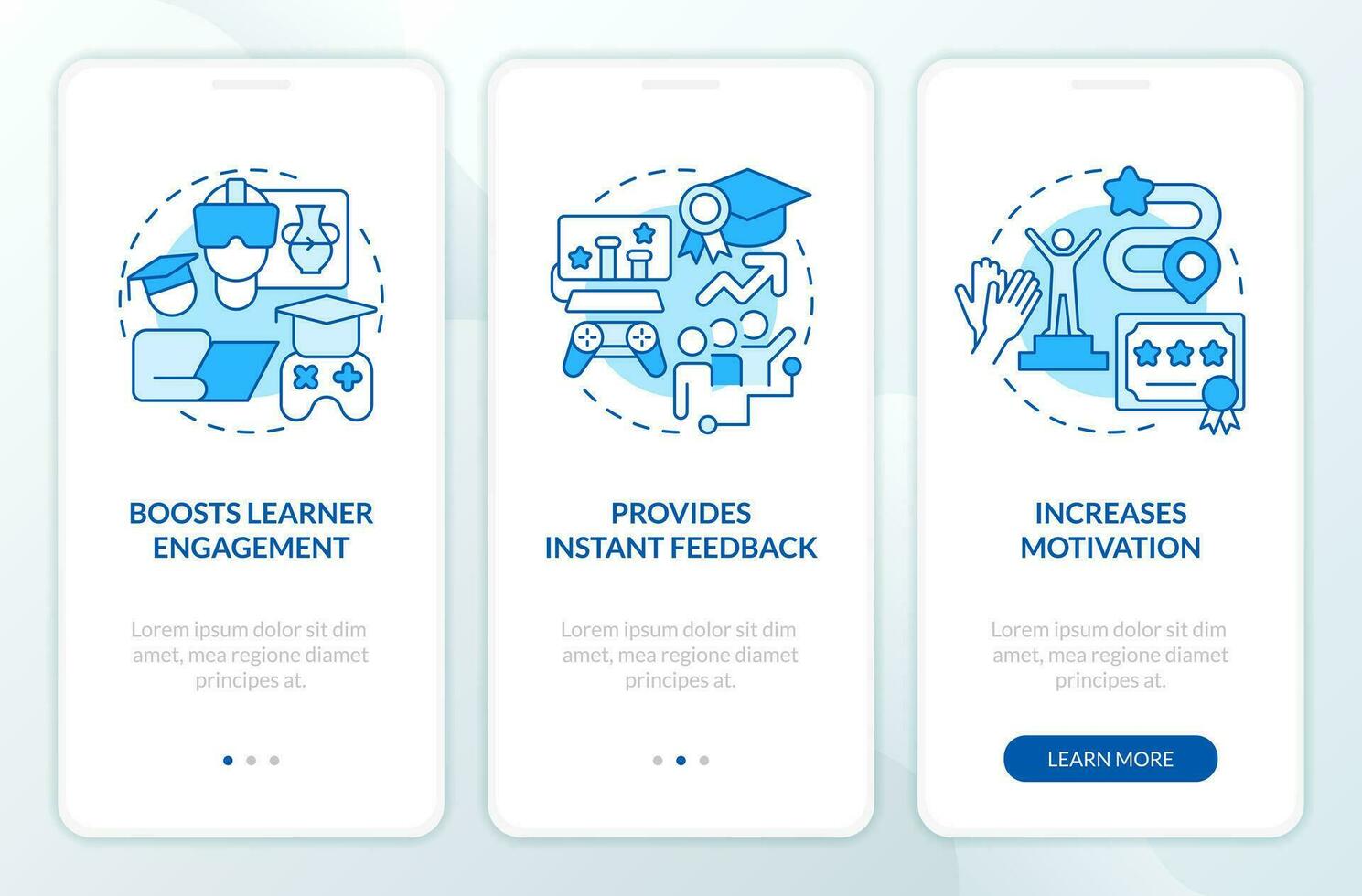A Deep Dive into Educational Assessment: Types and Applications



- Classroom discussion
- Quick quizzes
- Exit tickets
- Think-Pair-Share activities
- Self and peer assessment
Formative Assessment Type | Description | Example |
|---|---|---|
Exit Ticket | Brief questions students answer at the end of class. | What was the most important thing you learned today? |
Think-Pair-Share | Students think individually, discuss with a partner, then share with the class. | Solve a problem individually, discuss your approach with a partner, then present your solution to the class. |
Quick Quiz | Short, low-stakes quiz to check understanding. | A 5-question multiple-choice quiz on key concepts. |
Formative Assessment Type | Description | Example |
|---|---|---|
Exit Ticket | Brief questions students answer at the end of class. | What was the most important thing you learned today? |
Think-Pair-Share | Students think individually, discuss with a partner, then share with the class. | Solve a problem individually, discuss your approach with a partner, then present your solution to the class. |
Quick Quiz | Short, low-stakes quiz to check understanding. | A 5-question multiple-choice quiz on key concepts. |

- Final exams
- Standardized tests
- Research papers
- Culminating projects
- Portfolios
Summative Assessment Type | Description | Purpose |
|---|---|---|
Final Exam | A comprehensive exam covering all material in a course. | To evaluate overall understanding and mastery of course content. |
Standardized Test | A standardized assessment administered to a large population. | To compare student performance against national or state standards. |
Research Paper | A written assignment requiring in-depth research and analysis. | To assess research skills, critical thinking, and writing abilities. |
Summative Assessment Type | Description | Purpose |
|---|---|---|
Final Exam | A comprehensive exam covering all material in a course. | To evaluate overall understanding and mastery of course content. |
Standardized Test | A standardized assessment administered to a large population. | To compare student performance against national or state standards. |
Research Paper | A written assignment requiring in-depth research and analysis. | To assess research skills, critical thinking, and writing abilities. |

- Pre-tests
- Surveys
- Interviews
- Observations
- Skills checklists
Diagnostic Assessment Type | Description | Application |
|---|---|---|
Pre-Test | A test administered before instruction to assess prior knowledge. | Identifying areas where students have existing knowledge or require additional support. |
Survey | A questionnaire used to gather information about student attitudes and beliefs. | Understanding student learning preferences and identifying potential barriers to learning. |
Skills Checklist | A list of skills used to assess student proficiency. | Identifying specific skills that students need to develop. |
Diagnostic Assessment Type | Description | Application |
|---|---|---|
Pre-Test | A test administered before instruction to assess prior knowledge. | Identifying areas where students have existing knowledge or require additional support. |
Survey | A questionnaire used to gather information about student attitudes and beliefs. | Understanding student learning preferences and identifying potential barriers to learning. |
Skills Checklist | A list of skills used to assess student proficiency. | Identifying specific skills that students need to develop. |

- Performance-based assessments
- Portfolio assessments
- Authentic assessments
- Self-assessments
- Peer assessments
Assessment Type | Description | Example |
|---|---|---|
Performance-Based Assessment | Students demonstrate their learning through a performance or product. | Creating a presentation, conducting an experiment, or writing a play. |
Portfolio Assessment | Students collect their work over time to document their progress. | A collection of writing samples, projects, and reflections. |
Authentic Assessment | Students apply their knowledge in real-world contexts. | Solving a real-world problem, conducting a community service project. |
Assessment Type | Description | Example |
|---|---|---|
Performance-Based Assessment | Students demonstrate their learning through a performance or product. | Creating a presentation, conducting an experiment, or writing a play. |
Portfolio Assessment | Students collect their work over time to document their progress. | A collection of writing samples, projects, and reflections. |
Authentic Assessment | Students apply their knowledge in real-world contexts. | Solving a real-world problem, conducting a community service project. |








